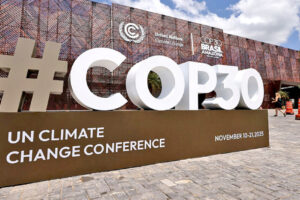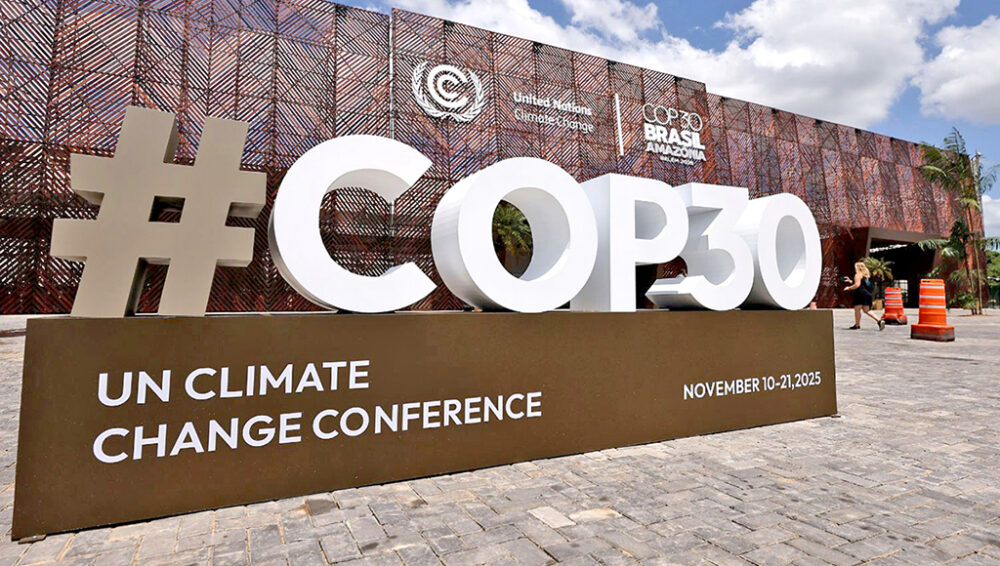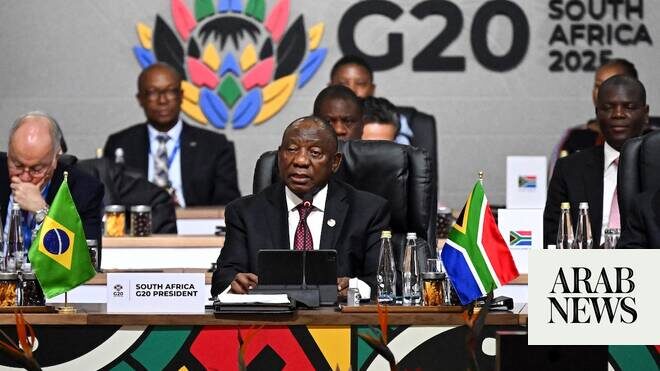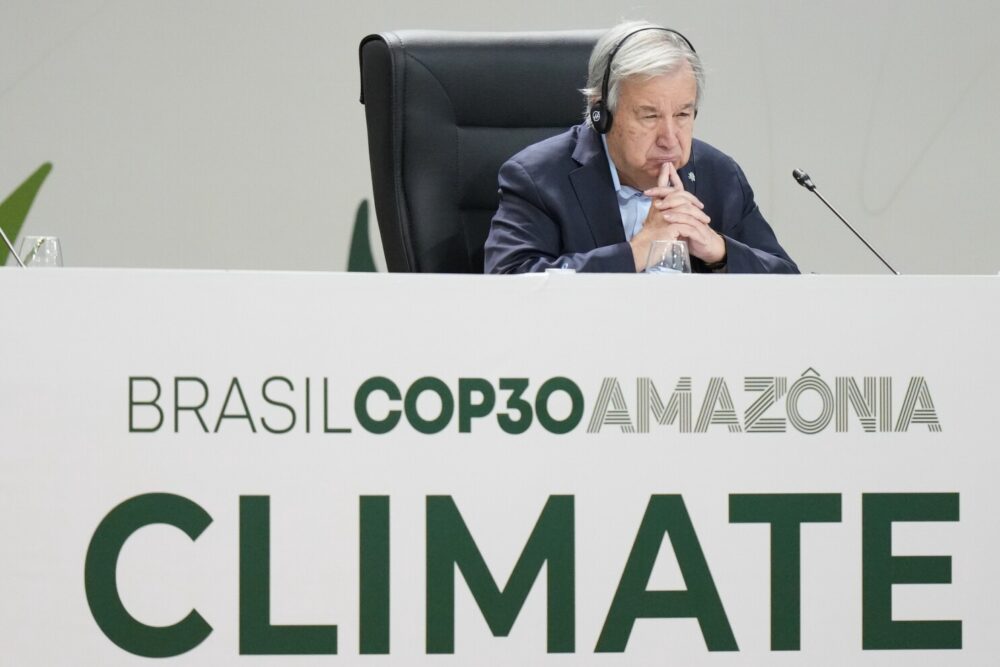When world leaders gathered in Glasgow for COP26, the slogan was “build back better.” At COP27 in Sharm El-Sheikh, the promise shifted to “implementation.” Now, at COP30 in Belém, Brazil, the expectations were heavier than ever: transform years of lofty speeches into the concrete, urgent actions needed to keep the 1.5 °C goal alive.
What COP30 Needed to Deliver
After the disappointments of Copenhagen in 2009 and the wave of optimism that followed the Paris Agreement in 2015, developing nations, small island states, Indigenous communities, and youth activists arrived in Belém united in their demands. They called for:
- Legally binding deadlines to phase out coal, oil, and gas
- Full capitalization of a Loss and Damage Facility to compensate climate-vulnerable nations
- A major boost in adaptation finance, tripling the current $120 billion annual promise and ensuring funds reach frontline communities
Instead, negotiations once again became a struggle between ambition and delay.
Wealthier countries—still dealing with economic turbulence—offered modest increases in adaptation funding and launched a new Tropical Forests Forever Facility (TFFF) worth $125 billion, 20% of which will support Indigenous guardianship of forests. A Global Implementation Accelerator was introduced to help nations align their climate plans with 1.5 °C, and a Just Transition Mechanism was proposed to share technology and assist workers.
But major gaps remained: the fossil-fuel phase-out language stayed voluntary, the Loss and Damage Fund was mentioned but not funded, and adaptation pledges fell drastically short of the estimated $310 billion needed annually.
Voices That Refused to Be Overlooked
Developing Nations (G77 + China)
These countries reminded the COP that climate justice is a legal obligation, not an act of charity. They insisted that industrialized nations must honor their responsibilities under the UNFCCC.
Small Island States (AOSIS)
For island nations, rising seas are already swallowing coastlines and threatening entire cultures. Their message was uncompromising:
“1.5 °C is not our preference — it is our survival.”
Indigenous Peoples
Indigenous delegates highlighted the increasing destruction of the Amazon, Boreal forests, and other ecosystems. They demanded that 30% of all climate finance be directed to local communities who are protecting 80% of global biodiversity.
Youth Movements
Gen Z activists filled the streets outside COP30, chanting “We will not be diluted,” calling for binding commitments and enforceable accountability mechanisms.
Lessons From Copenhagen, Paris, and Years of Unfulfilled Promises
Having attended COP15 in Copenhagen myself, I remember the collapse caused by lack of transparency and exclusion. That disappointment lingered until Paris reignited global hope. Yet, since then, many COPs have seen promises fade:
- The Green Climate Fund never reached its goals
- The Glasgow Climate Pact’s “coal phase-down” left convenient loopholes
- Adaptation finance continues to fall short
- Loss and Damage conversations remain underfunded
COP30 was marketed as the moment trust would be rebuilt. The outcome? Some progress — but far from what the climate emergency requires.
Did COP30 Deliver?
In short: No.
The commitments made in Belém are insufficient to keep global warming below 1.5 °C. Binding fossil fuel timelines, robust loss and damage financing, and genuine equity in climate funding remain unfulfilled.
Yet, there are important signs of progress:
- Adaptation finance tripling
- First-ever dedicated funding for Indigenous forest protection
- A new global accelerator to align national climate commitments
These steps show that the architecture for bold climate action exists. What is missing is the financial and political courage to activate it.
What Must Happen Next
1. Fully Fund the Loss and Damage Facility
G20 countries should commit 0.1% of their GDP and deliver funds within 12 months.
2. Binding Fossil Fuel Phase-Out
Coal, oil, and gas must be phased out with clear timelines and just-transition funding for workers and communities.
3. Scale Adaptation Finance to $310 Billion per Year
Redirect fossil-fuel subsidies toward climate-resilience projects.
4. Direct Funding to Indigenous and Youth Initiatives
Allocate 30% of climate finance to community-led, on-the-ground stewardship.
5. Strengthen Global Accountability
Require annual NDC updates, independent verification, and penalties for noncompliance.
The Path Forward: Hope, Action, and Responsibility
We have witnessed too many broken promises at COP after COP. Climate physics does not negotiate — our window for action is closing quickly. Yet hope persists in countless real-world efforts:
- Solar energy powering remote rural communities
- Coastal restoration projects that buffer deadly storms
- Grassroots youth leaders refusing to accept a compromised future
Humanity already has the knowledge, tools, and technology to fight climate change. What’s needed now is the political will and collective determination to deploy them at scale.
COP30 must not become another chapter of missed opportunities. It should be remembered as the turning point where the world chose action over excuses — survival over complacency.
The future is unwritten. We shape it with every decision made today.










